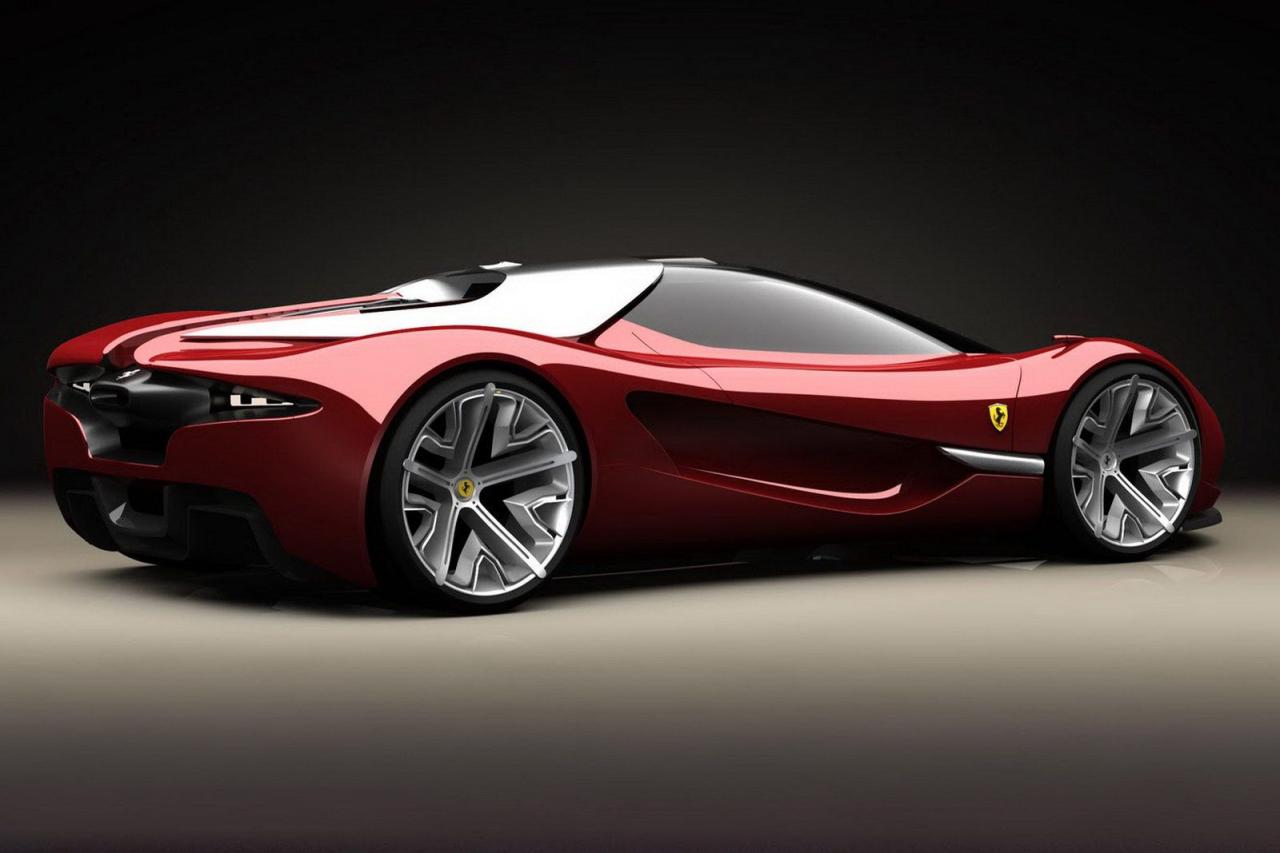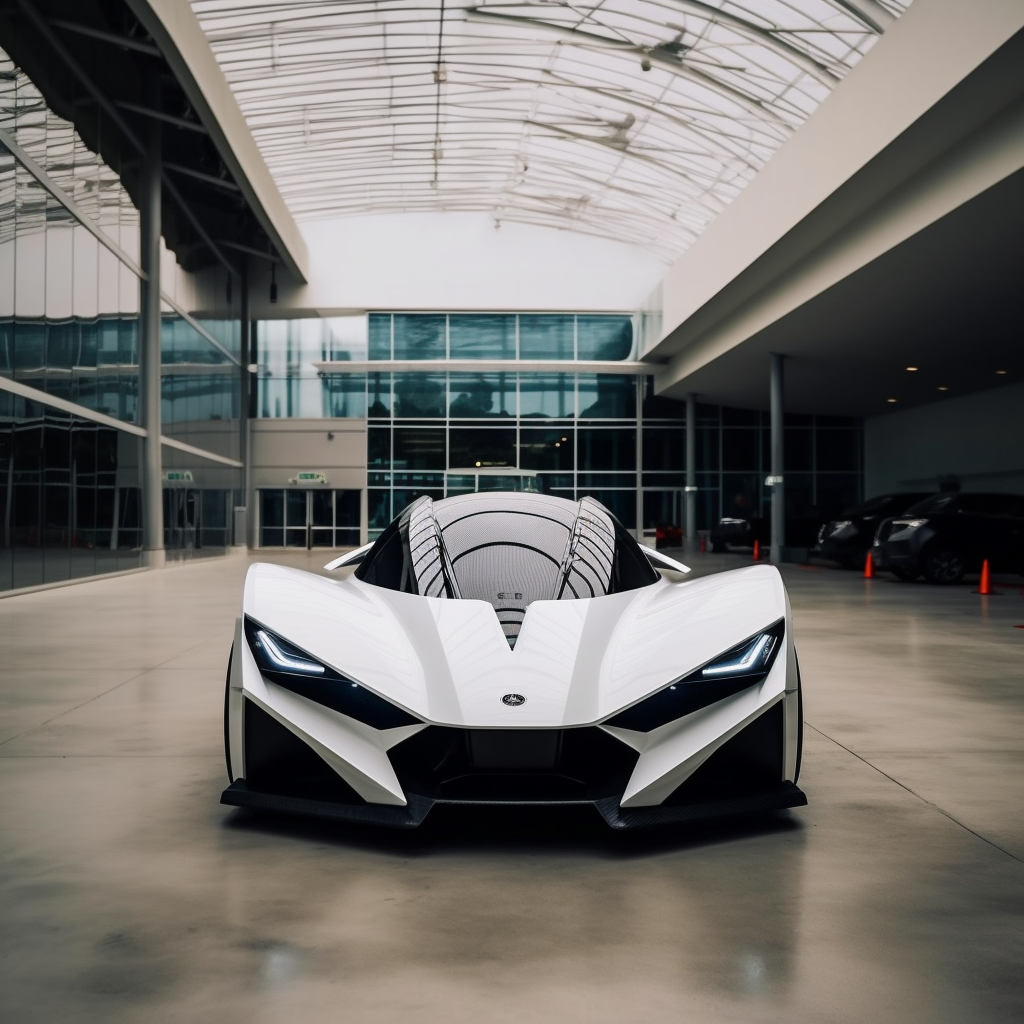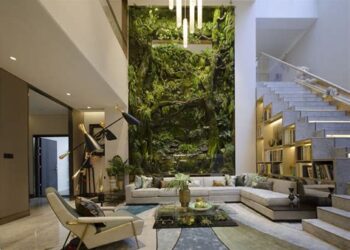At first glance, the design of a car might seem like a superficial endeavor focused solely on visual appeal. Yet, the reality is far more intricate.
Designers consider how the exterior contours of a vehicle align with human anatomy, creating a harmonious and appealing silhouette. The interior, often laden with metals, fabrics, and technological interfaces, is thoughtfully arranged to foster a sense of comfort, control, and luxury.
This psychological design ensures that every aspect of the car contributes to the overall emotional experience of driving.
First Impressions: The Emotional Response to Car Aesthetics
Have you ever experienced an instant connection upon seeing a particular car model for the first time? Or perhaps felt a surge of comfort and tranquility when you stepped into a specific vehicle? These immediate reactions are not coincidental. Car designers intentionally manipulate elements like color, shape, and layout to elicit specific emotional responses from potential buyers.
The Language of Design: Bridging Emotion and Rationality
“Car design is a universal language that connects emotion and rationality. At BMW, we strive to create designs that are not only visually stunning but also embody the essence of our brand, providing an unforgettable driving experience,” states Karim Habib, Head of BMW Design. This perspective highlights the delicate balance designers maintain between aesthetic appeal and functional design, ensuring that each vehicle resonates emotionally while meeting practical needs.
The Role of Color in Shaping Emotional Perception
Color is a powerful tool in automotive design, significantly influencing human emotions and perceptions. Different hues can evoke varying feelings and associations:
A. Red: Symbolizes speed, passion, and aggression. It’s often used in sports cars to convey excitement and dynamism.
B. Blue: Represents calmness and confidence. This color is frequently chosen for sedans and executive cars to project reliability and serenity.
C. Black: Exudes sophistication and elegance, making it a popular choice for luxury vehicles.
D. White: Suggests purity and simplicity, often used in minimalist and modern car designs.
E. Green: Associated with sustainability and eco-friendliness, appealing to environmentally conscious consumers.
Leatrice Eiseman, Executive Director of the Pantone Color Institute, emphasizes, “Color has incredible power to influence human emotions and perceptions. In automotive design, color is not just aesthetic; it’s a statement that can change the way we perceive the vehicle.”
The selection of color in car design is a strategic decision influenced by both customer preferences and the brand’s intended message. Manufacturers carefully choose colors to align with their brand identity and to appeal to their target demographic.

Shape and Form: Conveying Strength and Sophistication
The shapes and forms used in car design play a crucial role in conveying the vehicle’s character and intended use. Designers use geometry to influence how a car is perceived:
A. Sharp and Angular Lines: These create a muscular and assertive appearance, often seen in sports cars and performance-oriented vehicles. The aggressive angles suggest power and speed.
B. Smooth and Curved Lines: These provide a sophisticated and elegant look, commonly found in luxury sedans and high-end models. Curves can make a car appear more inviting and luxurious.
C. Compact and Rounded Forms: Often used in city cars and compact vehicles, these shapes emphasize practicality and ease of maneuverability.
D. Bold and Sturdy Frames: Utilized in SUVs and trucks to highlight durability and off-road capabilities.
By manipulating shapes and forms, designers can communicate the vehicle’s purpose and the emotions it aims to evoke in the driver. A car’s exterior design can suggest whether it is built for speed, comfort, utility, or luxury.
Interior Design: Crafting the Driving Experience
The interior of a car is a sanctuary for the driver and passengers, where every element is designed to enhance the overall experience. Designers focus on several key aspects to create an emotionally engaging interior:
A. Color Schemes: The choice of colors for the dashboard, seats, and trim can influence mood. Warm tones like beige and brown can create a cozy and inviting atmosphere, while cooler tones like gray and blue promote a sense of calm and relaxation.
B. Material Selection: High-quality materials such as leather, wood, and metal not only add to the luxury feel but also affect how comfortable and valued the occupants feel.
C. Layout and Ergonomics: The arrangement of controls, screens, and seating is optimized for ease of use and comfort. Intuitive placement ensures that the driver feels in control and less stressed.
D. Lighting: Ambient lighting can significantly impact the mood inside the car. Soft, warm lighting creates a relaxing environment, while brighter, cooler lights can enhance alertness and focus.
E. Technology Integration: Advanced infotainment systems, touchscreens, and connectivity options cater to modern drivers’ needs, making the interior feel futuristic and user-friendly.
A well-designed interior goes beyond functionality; it creates an emotional bond between the driver and the vehicle, enhancing the overall driving experience.
Brand Differentiation Through Design
Each automotive brand has its unique design language that distinguishes it from competitors. This differentiation is essential for building brand identity and fostering customer loyalty. Here’s how different brands use design to stand out:
A. Sports Cars: Brands like Ferrari and Lamborghini use aggressive and aerodynamic designs to emphasize performance and speed. Their sharp lines and bold colors make their cars instantly recognizable and desirable to enthusiasts.
B. Luxury Sedans: Mercedes-Benz and BMW focus on sleek and elegant designs that convey sophistication and prestige. Their vehicles often feature refined lines and luxurious interiors to attract customers seeking comfort and status.
C. Electric Vehicles: Tesla’s minimalist and futuristic design sets it apart in the electric vehicle market. The sleek, streamlined exterior and high-tech interiors reflect the brand’s innovative and cutting-edge image.
D. SUVs and Trucks: Brands like Range Rover and Ford design their SUVs and trucks with robust and rugged aesthetics, highlighting durability and off-road capabilities. These designs appeal to consumers looking for reliability and adventure.
E. Compact Cars: Brands such as Mini Cooper use distinctive and playful designs to appeal to buyers who value individuality and personality in their vehicles.
By establishing a unique design language, brands can create a strong visual identity that resonates with their target audience and differentiates them in a crowded market.
Emotional Design as a Decisive Factor in Car Purchasing
Emotional design plays a pivotal role in the car-buying decision process. While technical specifications and performance metrics are important, the emotional connection a consumer feels with a vehicle often sways their choice. When purchasing a car, consumers seek more than just functionality; they desire a vehicle that aligns with their personal identity and evokes positive emotions.
The Influence of Design on Consumer Behavior
A car’s design can significantly impact how consumers perceive its value and desirability. Specific design elements can create an emotional attachment, making the vehicle more appealing and memorable. This emotional connection can lead to brand loyalty, repeat purchases, and positive word-of-mouth referrals.

Case Studies: Iconic Designs and Their Emotional Appeal
- Mini Cooper: With its classic 1960s-inspired design, the Mini Cooper appeals to buyers who value individuality and nostalgia. Its unique and recognizable shape evokes a sense of fun and personality, attracting those who want to stand out from the crowd.
- Tesla Model S: The Tesla Model S features a futuristic and minimalist design, reflecting the brand’s image as an innovator in electric vehicles. Its sleek exterior and high-tech interior convey a sense of modernity and forward-thinking, appealing to environmentally conscious and tech-savvy consumers.
- Range Rover: Known for its robust and premium appearance, Range Rover vehicles emphasize luxury and off-road capability. This combination appeals to consumers who desire both comfort and adventure, reinforcing the brand’s reputation for versatility and status.
Future Trends in Car Design
As technology advances and consumer preferences evolve, the future of car design is poised to become even more personalized and sustainable. Here are some anticipated trends:
A. Customization and Personalization: Advances in manufacturing technology will allow for more individualized designs, enabling customers to tailor their vehicles to their specific tastes and needs.
B. Sustainable Materials: Environmental concerns will drive the use of eco-friendly materials and sustainable manufacturing practices, aligning with the growing demand for green transportation solutions.
C. Integration of Advanced Technology: The incorporation of artificial intelligence, augmented reality, and smart interfaces will enhance the driving experience, making interiors more interactive and responsive to user needs.
D. Modular Design: Future cars may feature modular components that can be easily updated or replaced, allowing for greater flexibility and adaptability in design.
E. Enhanced Connectivity: Seamless integration with personal devices and smart home systems will create a more connected and intuitive driving environment.
Ian Callum, former Jaguar Design Director, concludes, “The future of car design will be increasingly individual and personal. Technology will allow us to create truly unique and personal designs. In addition, sustainability will be a key factor in every design decision.”
The Artistic and Technological Fusion in Automotive Design
Automotive design is a harmonious blend of art and technology. Designers must balance aesthetic appeal with engineering feasibility, ensuring that each vehicle not only looks good but also performs efficiently. This fusion requires a deep understanding of materials, manufacturing processes, and technological innovations.
The Designer’s Role in Shaping Brand Perception
Car designers play a crucial role in shaping how consumers perceive a brand. A well-designed vehicle can elevate a brand’s status, attract new customers, and retain existing ones. Designers must align their creations with the brand’s values and vision, ensuring consistency across all models and product lines.
Influence on Consumer Perception and Brand Loyalty
A strong design language fosters brand recognition and loyalty. When consumers identify with a brand’s design ethos, they are more likely to develop an emotional attachment to the brand, leading to long-term loyalty and advocacy.
Automotive design is much more than creating visually appealing vehicles; it is about crafting emotional experiences that resonate with drivers and passengers alike.
Key Takeaways
- Emotional Design: Car design transcends aesthetics, incorporating psychological elements to evoke specific emotions in consumers.
- Color Influence: Different colors can symbolize various emotions and traits, impacting how a vehicle is perceived.
- Shape and Form: The geometric elements of a car’s design communicate its intended purpose and character.
- Interior Design: Thoughtful interior design enhances comfort and emotional connection, influencing the overall driving experience.
- Brand Differentiation: Unique design languages help brands stand out and build strong identities in the market.
- Consumer Behavior: Emotional connections play a significant role in the car-buying decision process.
- Future Trends: Personalization, sustainability, and advanced technology will shape the future of car design.
- Art and Technology: The fusion of artistic vision and technological innovation is essential in creating compelling automotive designs.
By embracing these principles, automotive designers can continue to create vehicles that not only perform exceptionally but also connect with consumers on a profound emotional level, ensuring enduring success in a competitive industry.














